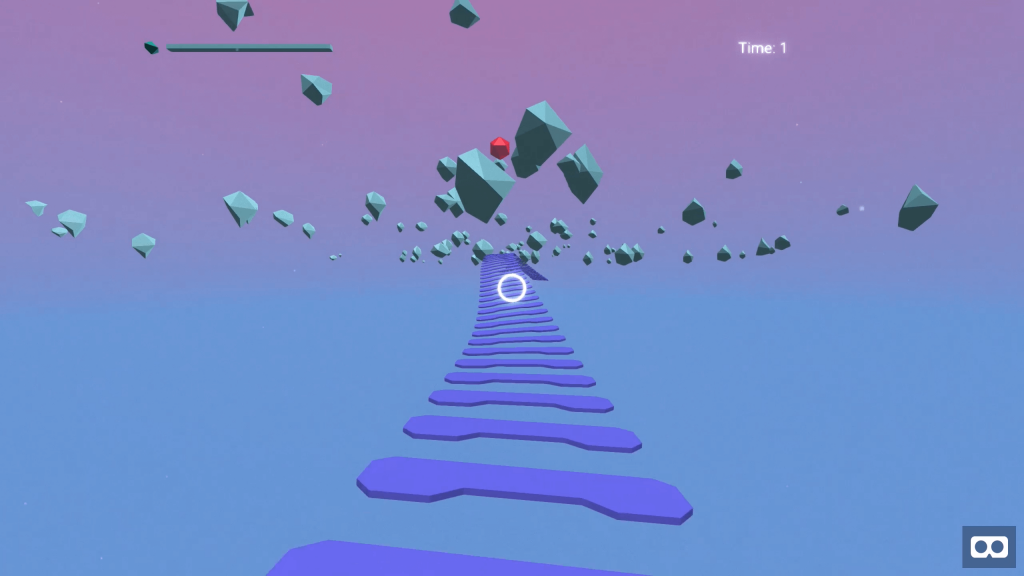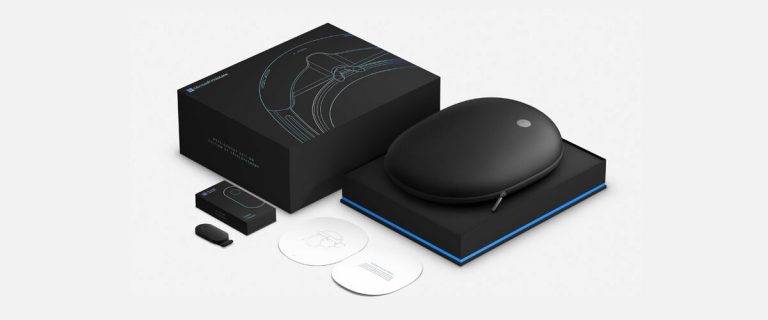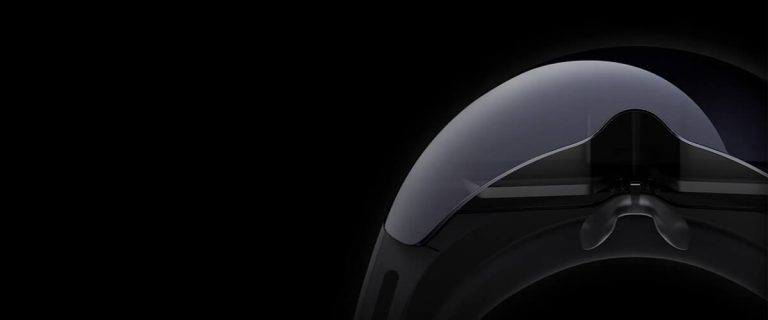
In a previous post we discussed the history of VR and how it’s become accessible thanks to the web. Now we’ll take a look at some of the use cases for VR today, and what will be possible in the future.
At this moment in time some of the best uses for WebVR are in gaming, experiential marketing, and perhaps most excitingly architecture and building information modeling (BIM). Yes, navigating through a house you’re looking to purchase, over the web, in virtual reality, is an absolute possibility. But let’s not stop there. Art galleries, museums, shopping experiences and VR films are all completely plausible. Imagine experiencing the same film twice, but through the eyes of two separate characters. Obviously this brings some directorial challenges, but that’s part of the exploration of new technology.
At FX, we place a lot of emphasis on emerging technologies. Our in-house Research and Development department are tasked with innovating on the web. In the coming weeks we’ll be launching a WebVR experience of our own to show what’s possible now, and to give a sneak preview here’s a short video. If you’d like to be notified when we launch the full experience post a comment here and we’ll let you know!
Where is WebVR heading?
Although it is still a young technology, WebVR clearly opens us up to a vast number of possibilities. And thanks to the progress of Khronos, ThreeJS and Mozilla we now have a WebVR API spec that’s being adopted by a number of browsers, although it’s still very much considered experimental.
There are already several real-world applications for WebVR technology, and those that drive revenue for businesses will no doubt become more mainstream. Outside of the gaming experiment FX is already working with WebVR in an architecture context and using it to drive leads through experiential marketing.
As with any web technology, the progress of WebGL and WebVR is facilitating movement in other areas, and WebAR in particular is gathering pace. The twitter hashtag #WebAR shows plenty bleeding-edge experiments from developers around the world, and there’s no doubt that by this time next year we’ll begin to see examples of WebAR all across the web.
In short, this second coming of VR isn’t a temporary measure. The sheer accessibility of it, facilitated by the web and affordable headsets, will encourage a surge of WebVR experiences across a number of sectors, viewable by an ever growing audience on ever more accessible devices




